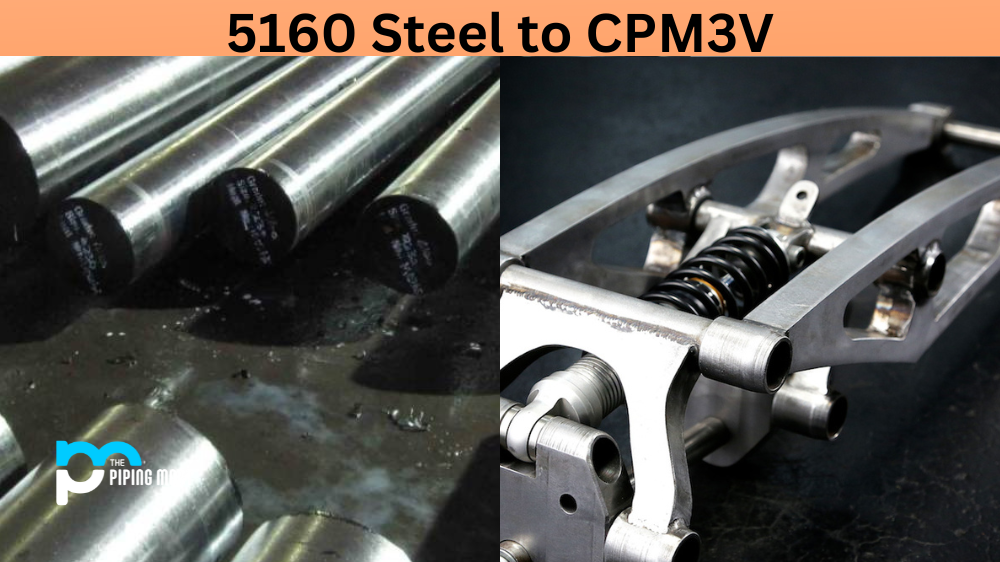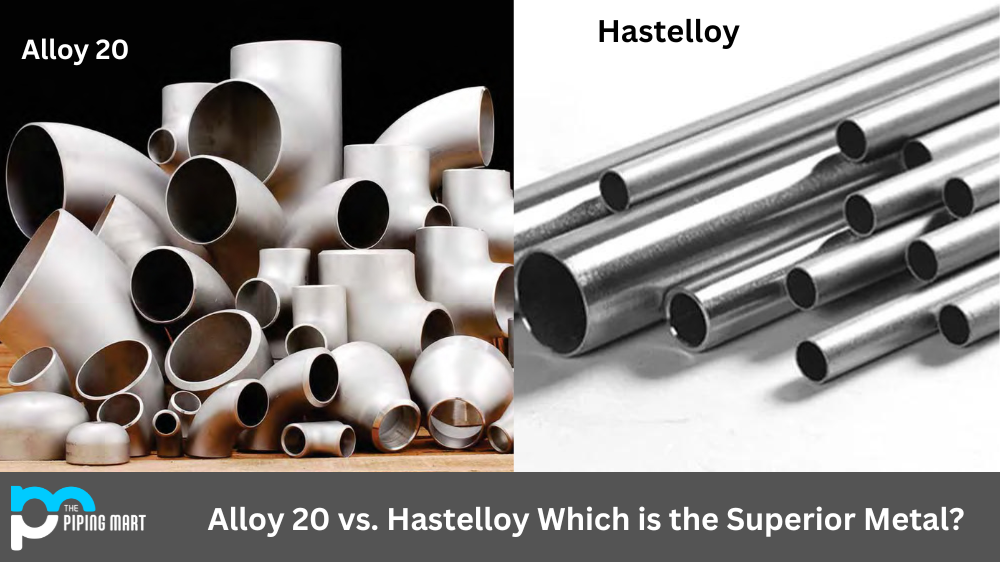As a knife enthusiast or maker, choosing the right steel is vital to ensure your knife has the necessary properties for its intended purpose. 5160 steel and CPM3V are two popular premium sheets of steel used for knife making, and choosing one over the other can be daunting. In this blog, we will explore the strengths and weaknesses of these two steels to help you make an informed decision.
What is 5160 steel?
5160 steel is a high carbon, chromium, and silicon alloy with excellent toughness and wear resistance. It is popular because it’s easy to work with, can hold a sharp edge, and is reasonably priced. However, one downside is that it can be challenging to heat treat correctly, and its rust resistance is low. It is suitable for heavy-duty knives such as machetes, swords, and axes, but there are better choices for kitchen knives or folding knives.
What is CPM3V?
CPM3V is an advanced, high-performance steel with molybdenum, vanadium, and niobium alloyed with iron and carbon. The powder metallurgy process used to manufacture CPM3V gives it excellent toughness, edge retention and wear resistance, making it an ideal choice for heavy-duty tasks. It also has better corrosion resistance than 5160 steel, making it ideal for kitchen knives and outdoor activities that expose them to moisture.
Difference Between 5160 Steel and CPM3V
When it comes to toughness, both steels can withstand lots of abuse. However, CPM3V outperforms 5160 steel regarding edge retention, corrosion resistance, and wear resistance. CPM3V is also easier to sharpen and more predictable steel to heat treat, which is critical in knife making. In contrast, while 5160 steel is affordable and easy to work with, it requires a bit of finesse to heat treat correctly to get the desired results.
Composition
5160 steel is an alloy of carbon, chromium, and silicon, while CPM3V is a tool steel that contains a high amount of vanadium and carbon.
Hardness
5160 steel has a hardness of 60-61 HRC, while CPM3V has a hardness of 62-64 HRC.
Edge Retention
5160 steel has good edge retention, while CPM3V has excellent edge retention.
Corrosion Resistance
5160 steel is moderately resistant to corrosion, while CPM3V is highly resistant to corrosion.
Which Steel is the Better Choice?
In conclusion, choosing the best steel will depend on your intended purpose and knife-making budget. 5160 steel is an excellent choice for outdoor knives, camp knives, and machetes, and its affordable price makes it a popular choice. On the other hand, CPM3V is the ideal choice for knives that require superior edge retention, corrosion resistance, and wear resistance, such as kitchen knives and folding knives. Its advanced manufacturing process makes it more expensive than 5160 steel, so it may not be the best choice for an amateur knife maker.
Conclusion
Choosing the right steel is critical in knife making, and both 5160 steel and CPM3V have their strengths and weaknesses. If you focus on affordability and ease of use, 5160 steel is a good choice. For heavy-duty tasks that require superior edge retention and corrosion resistance, CPM3V is your best bet. Ultimately, your choice will depend on your budget, skill level, and intended purpose for the knife.

Abhishek is a seasoned blogger and industry expert, sharing his insights and knowledge on various topics. With his research, Abhishek offers valuable insights and tips for professionals and enthusiasts. Follow him for expert advice on the latest trends and developments in the metal industry.




